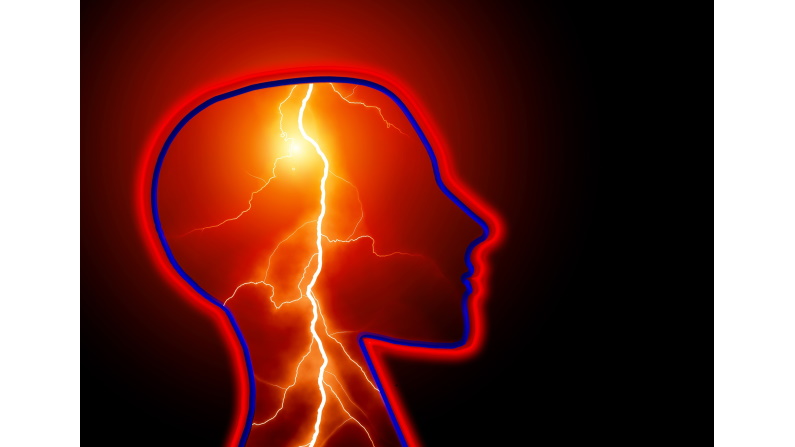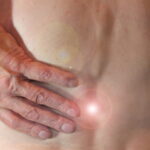In the United States, there are more than 200,000 cases of seizures per year. A person who has a seizure that lasts for more than 5 minutes, or has more than 1 seizure in a 5-minute span, has a greater risk of permanent brain damage or death. However, seizures are a common disorder and it is important to know about them, as they can happen to just about anyone.
What Is a Seizure?
A seizure is unusual electrical activity in the brain that happens very quickly, and can go unnoticed. In other cases, which can be more serious, the body can uncontrollably shake and one can become unconscious.
Symptoms before a seizure typically include:
- Headaches
- Dizziness
- Change in vision
- Feeling of being sick
- Sudden feeling of fear/anxiousness
Signs of a seizure happening are:
- Sudden/rapid eye movements
- Drooling/frothing in mouth
- Falling
- Losing consciousness
- Strange taste in the mouth
- Clenching teeth

Different Types of Seizures
Seizures are classified into 2 main groups: generalized and focal.
Generalized seizures affect both sides of the brain simultaneously. They are characterized as:
- tonic (when muscles in the body become stiff)
- atonic (when muscles in the body relax)
- myoclonic (sudden, short involuntary muscle jerks, shakes, or spasms), and
- clonic (loss of consciousness and violent muscle contractions).
Focal seizures, also called spatial seizures, are located in 1 area of the brain. These can cause:
- twitching
- a change in sensation, and
- a strange smell/taste.
Complex focal seizures can also make a person confused or dazed.
A febrile seizure is a seizure in a child that is caused by a fever or a spike in body temperature. They most commonly occur on the first day of a seizure and last a few minutes. They are not harmful and won’t cause any brain damage.
What Causes a Seizure?
Because seizures are caused by uncontrolled and sudden electrical activity, this overwhelms the brain. It is possible that seizures can run in the family. If an individual inherits a number of genes they will have a higher likelihood of seizures occurring.
If a seizure keeps coming back, it is known as epilepsy. However, epilepsy is rare—since less than 1 in 10 people who have a seizure get it. Genetic epilepsy is more likely if there is a strong history of epilepsy in other family members. Someone whose family has a history of seizures is 2 to 10 times more likely to have epilepsy.
Seizures can also come from previous health conditions (diabetes, stroke, brain tumors) and things that affect and disturb the body/brain. These include:
- Substance use and withdrawal
- Extremely high blood pressure
- Kidney or liver failure
- Vascular abnormality in the brain
Some Facts About Epilepsy
Globally, epilepsy affects more than 65 million people per year, with 5 million people being diagnosed with it. One in 26 people will develop epilepsy in their lifetime, as it’s the fourth most common neurological condition. New cases are most commonly found in children, specifically in their first year. The rate of new cases gradually levels out after the age of 10, but around age 55, the rate increases again due to aging and the potential for brain tumors and strokes. Epilepsy in men occurs slightly more (53.7 per 100,000) than in women (46.3 per 100,000).

The Difference Between a Stroke and a Seizure
Many people confuse a stroke and a seizure because they both cause uncontrollable physical movements. A stroke is when blood flow headed to the brain is interrupted, but a seizure is when the brain nerve connections are interrupted. They both have similar symptoms; however, a seizure has a beginning, middle, and end-stage, while a stroke occurs suddenly. With a stroke, the symptoms can worsen or not go away for a while. Symptoms of strokes that don’t occur with seizures are sudden numbness on one side of the body, facial drooping, and an arm hanging down.
What to Do if You’ve Had a Seizure
After experiencing a seizure, you should go to the ER as soon as possible to ensure that there is no life-threatening problem. If lab results are normal and your healthcare provider does not find anything else concerning, you can return home. However, you should schedule a follow-up visit with a neurology specialist to determine if you need treatment or if you are at high risk for another seizure.
If you see someone experiencing a seizure, you should make sure people aren’t in the way, keep sharp objects away, place them on their side, don’t put anything in their mouth, and call 911.
Treatment options for seizures and epilepsy include anti-epileptic drugs (AEDs), vagus nerve stimulation (VNS) (a small, electrical device placed under the skin of your chest) deep brain stimulation, brain surgery that removes a small part of the brain which causes seizures, and ketogenic diets.
AEDs help control seizures in about 7 out of 10 people; they don’t cure epilepsy but they do help control seizures by changing the level of chemicals in your brain.
For more information on seizures and epilepsy, visit







